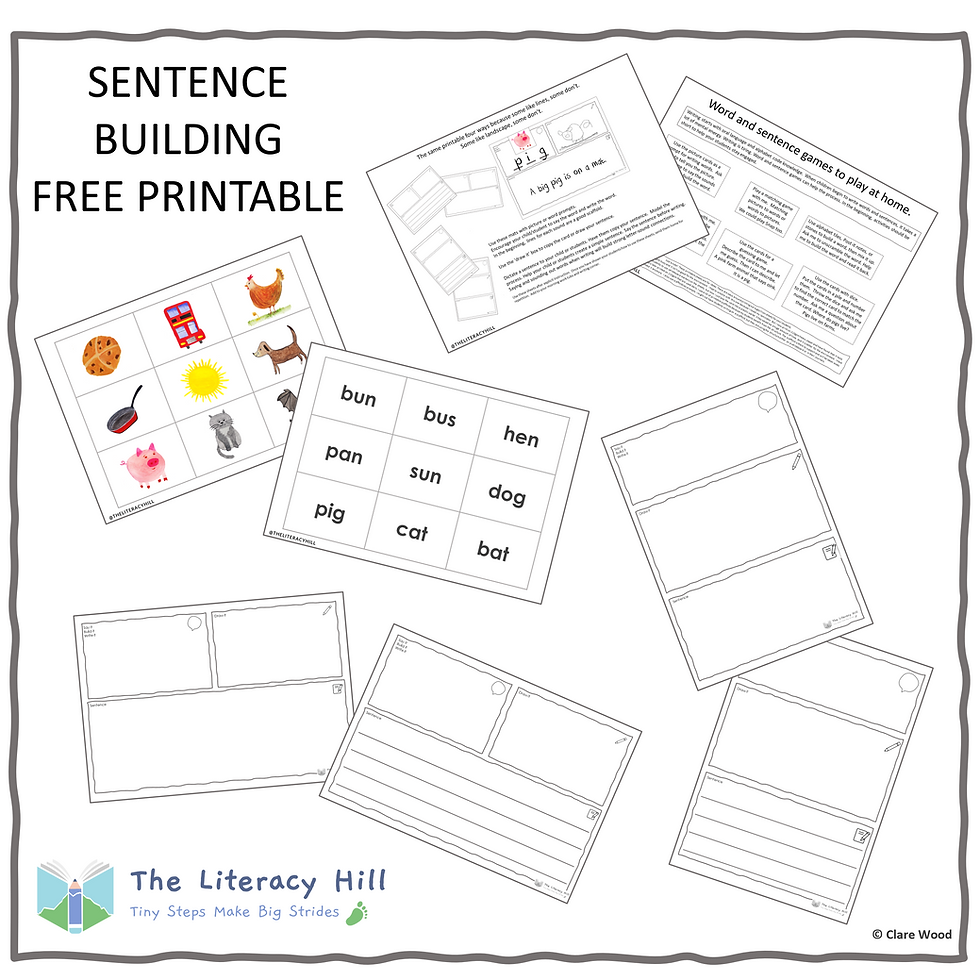LEARNING HOW TO READ
- Developers Devzmelbourne

- Sep 5, 2022
- 3 min read

Learning to read, how did you do it? Chances are until you had a child start school, the thought never crossed your mind… If your child has just started school, and you want a quick read about learning to read — this is the post for you!
Learning to read is not just a good idea, it’s crucial!
Too many children slip through the net and by end of the first year, they are ill-equipped to go on and flourish. For some learning to read is a steep journey, whilst others seem to glide on by towards success. Nearly all children can learn to read. It’s not an effortless task, it is hard work, but with the right instruction, it doesn’t have to be an arduous trek. Ann Sullivan discusses this very topic in a recent blog post. Go here to have a read.
We have to get the basics right.
All children must learn how to decode. This is nonnegotiable!
To decode, all children have to crack the alphabet code. Explicit teaching is the only way. If a child can’t access phonics teaching, then sounds manipulation is the first step. As soon as possible, add in letters to begin phonics teaching.
The end goal is meaning. Learning how to decode helps to make meaning, too. If a child can decode words, they are on their way to reading fluently and will extract meaning from the text.
Essential subskills for effective reading.
1 Be able to match visual symbols to auditory symbols
We write to preserve speech or our thoughts. All writing uses visual symbols to create words. We have to decode these symbols to read fluently.
All children must learn how to decode — some will do this on their own, most need explicit systematic instruction to achieve this. We must teach the sound to symbol correspondence explicitly, so children know what to sound out when blending to read words.
To begin, it is best to work with the initial sounds the alphabet letters represent — only after we establish this can we move on to teach that sometimes two or more letters can represent a single sound — and there is an overlap in the alphabet code
2 Be able to segment sounds in words
Segmenting sounds in words is the ability to separate sounds in words in the correct sequence. Children who learn to read without good segmenting skills are at a much greater risk of struggling to decode longer, more complex words later on.
The skill of segmenting needs explicit teaching. Often when children segment words, they add extra sounds. This needs correcting, as it won’t help children to blend sounds to form words.
The word bat has three sounds.
/b/ /a/ /t/ There are no extra sounds tacked on the end. Sometimes we add an /uh/ to words when isolating sounds when segmenting.
/b/uh/ /a/ /t/uh/ has two extra sounds added to /b/ and /t/.The /uh/ sound hinders the ability to blend. Read more about segmenting here and grab the free poster.

3 Be able to blend sounds to read words.

Blending is the process of pushing sounds together to read words. Some children have trouble blending sounds. If this is happening to your little one, try starting with continuant consonants. We can stretch continuant consonant sounds — this gives your little one more time to hear the sounds. Try it — ssssss u n starting with sounds that stretch can have a big effect if your child is struggling to blend. Now say — pan. Can you hear the difference? The /p/ sound is a stop sound and we can’t stretch this sound. So words such as, sat, sit, mat, man, run, sun, zip are all great words to use in the beginning. Read more about blending and blends here. There is also a free poster.
If all of this is in place, you have the right foundations for your child to flourish
To make things easier to get your kids off to a brilliant start — I have created a set of activity books that work through the initial code.









Comments